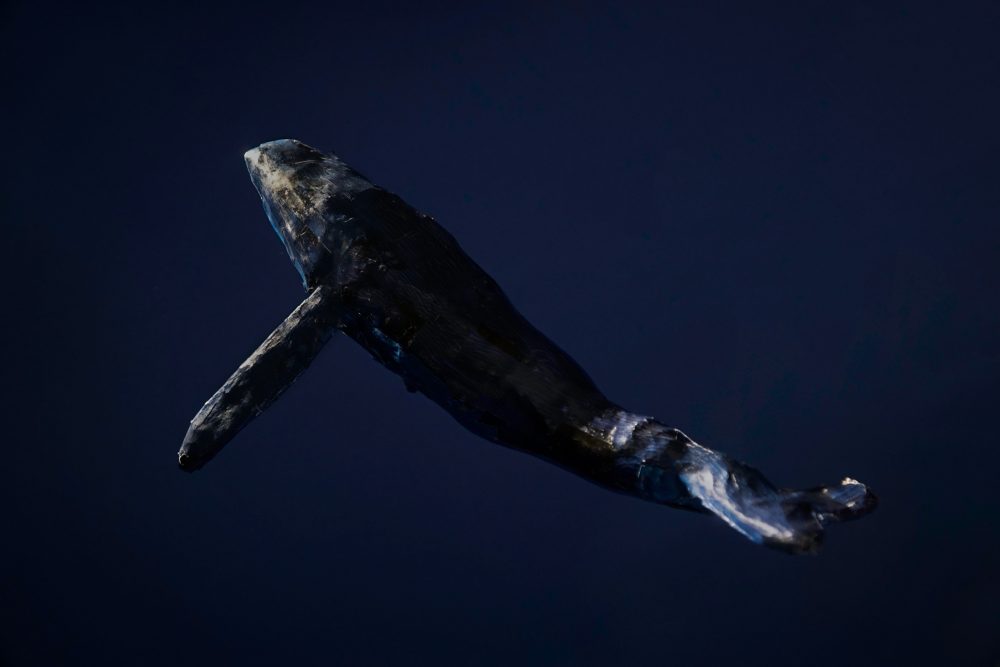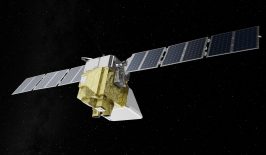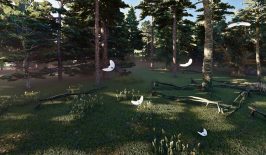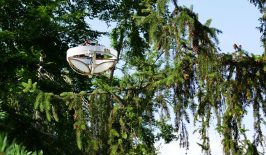Every year, countless marine mammals are permanently harmed and beached by the disorienting effects of military sonar. Two projects seek an ecological alternative by eavesdropping on ocean organisms to gain intel on underwater threats.
One project, Persistent Aquatic Living Sensors (PALS), sees potential in listening to the snapping sound of shrimp (described as similar to that of frying bacon). Another project, the wonderfully named Grouper Guard, hopes to rely on the loud, low-frequency booms goliath groupers make when they perceive a threat.
Much like with sonar, military personnel would be alerted to the presence of a vehicle when it echoes back the sizzle of a shrimp colony. Or they could be tipped off by the groupers fussing over an intrusion of their territory.
Natural sonar and alert methods can also be harnessed for more than just military intelligence. As the BBC notes, “Tuning in to the sounds made by normal marine life, and learning how they change, would give researchers a low-cost, environmentally friendly way of tracking the impact of human activities underwater. This would be useful for projects like off-shore windfarms, oil drilling, and seabed mining.” Of course, a much greener solution would be to ditch ocean and fossil fuel mining altogether, but that’s another story.
Still, there is doubt whether an ecosystem of living sensors can perform reliably. Sidharth Kaushal, a naval warfare specialist, points at past attempts to detect submarines using the glow of bioluminescent plankton. A sub was sunk once, allegedly, but other successes have been few and far between. “Cold War efforts by both the Soviets and the Americans to utilise [the plankton] in a systematic way came to nothing,” says Kaushal. “Partially as they had no way of differentiating false positives, such as the reaction from a passing whale, from the real thing.”
Be that as it may, we’ve made astronomical technological strides since the Cold War. The shrimp and grouper methods would be enhanced by algorithms, artificial intelligence and special software in order to reduce the noise, so to speak, and get more precise readings about the source and location of an object of interest.
In any case, progress in the field is a win for whales, who are disproportionately victimised by sonar. As whales have their own sonar, any interfering sound waves from ships or submarines can distress them to the point of self-beaching. Together with satellite technology, marine life sonar could one day prevent such fates.








